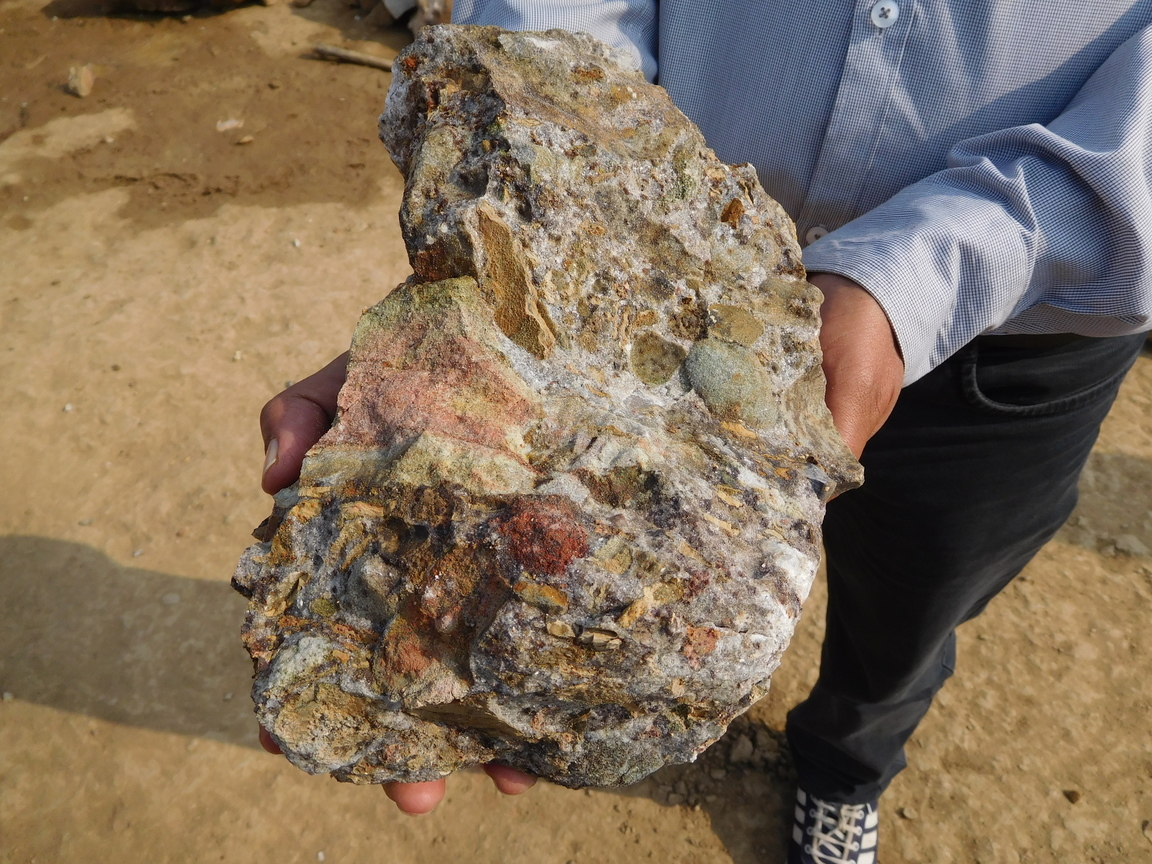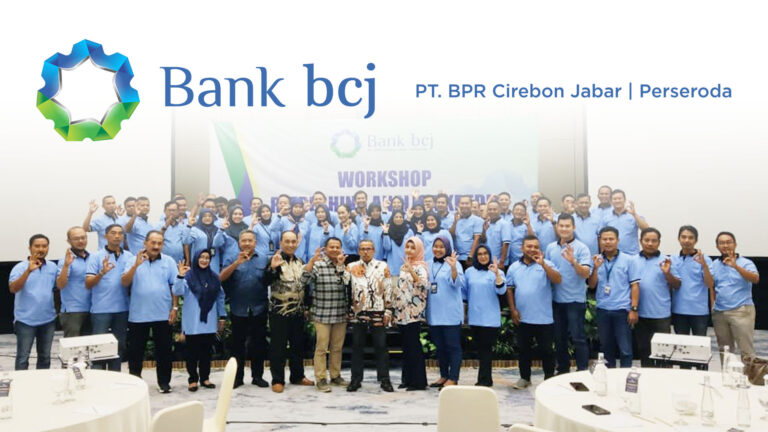Deep in the heart of Madhya Pradesh lies the district of Panna, a land where dreams of wealth and fortune glimmer beneath the surface. For generations, this region has been known for its diamond mines, which have drawn people from all over India, hoping to strike it rich. Today, despite the depletion of its reserves, the tradition of diamond hunting continues, with families passing down the practice through the generations.
Panna is one of India’s most underdeveloped areas, where poverty, unemployment, and a lack of basic resources such as clean water are everyday realities for its residents. Yet it is also home to the country’s largest diamond reserves, and despite the challenges, the allure of diamonds continues to pull people to its mines. For many, diamond hunting is not only a way to make a living but also a tradition deeply rooted in the history and culture of the region.
Prakash Sharma, 67, has spent his life searching for diamonds in Panna. “I feel sick if I don’t search for diamonds. It’s like a drug,” he says, his passion for the hunt evident in his voice. Sharma’s career began in 1974, following in the footsteps of his father, a legendary diamond hunter in their village. His early success—finding a six-carat diamond—cemented his decision to dedicate his life to diamond hunting. Decades later, Sharma is still in the mines, driven by the hope that another valuable gem is waiting to be found.
The diamond mining industry in Panna is a mix of formal and informal operations. The state controls most of the reserves, but local miners lease small parcels of land each year at nominal prices. The Majhgawan mine, operated by the National Mineral Development Corporation (NMDC), is the only mechanized diamond mine in India and has been a significant source of diamonds since it began operations in 1968. Over the years, NMDC has extracted more than 1.3 million carats of diamonds from the region.
However, the once-abundant mines are now showing signs of exhaustion. Decades of over-mining have depleted the reserves, and the large, rare stones that once made Panna famous are now increasingly hard to come by. But despite the dwindling resources, thousands of hopeful miners continue to dig, driven by the dream of striking it rich. The process is physically demanding, with miners spending their days sifting through gravel, washing, drying, and examining it for any sign of a diamond. The work is often a family affair, with children and elders alike contributing to the effort.
When diamonds are found, they must be submitted to the government’s diamond office for evaluation. The stones are then auctioned, and the profits—after taxes and royalties are deducted—are distributed to the miners. The process can be slow, and many miners grow frustrated with the long wait times. Yet the prospect of finding a life-changing gem keeps them coming back year after year.
For some, the tradition of diamond hunting runs deep. Shyamlal Jatav, 58, is part of a family that has been mining for diamonds for generations. His grandfather began the practice, and now Jatav’s son balances his studies with part-time work in the mines. Although diamonds were once sold for relatively small sums, today’s stones can fetch millions of rupees, transforming the lives of those lucky enough to find them.
One such miner is Raja Gound, a laborer who, in July, uncovered a 19.22-carat diamond after more than a decade of mining. His discovery, which sold for approximately 8 million rupees ($95,000), allowed him to pay off his debts and secure his financial future. Stories like Gound’s are rare, but they inspire countless others to continue their search for diamonds, despite the odds.
India has a long and storied history in the diamond trade. For more than 3,000 years, the country was the world’s only source of diamonds, and even today, Panna remains a vital part of the global diamond industry. However, much of the trade in Panna occurs outside the formal system. Many miners, eager to avoid taxes and the lengthy wait times associated with government auctions, choose to sell their diamonds on the black market. The extent of this illegal trade is difficult to measure, but it is an open secret in the region.
Ravi Patel, Panna’s mining officer, acknowledges the challenges of controlling the illegal diamond trade. He points out that many of the diamonds found in the region are small and do not fetch high prices, making them harder to track. Furthermore, the number of diamonds submitted for official auctions has significantly declined in recent years. In 2016, the government’s diamond office received 1,133 diamonds; by 2023, that number had fallen to just 23. This decline is partly attributed to the restrictions placed on mining in certain areas, particularly the Panna Tiger Reserve.
The reserve, home to more than 50 tigers, has been the focus of significant conservation efforts in recent years. Large sections of forested land have been designated as no-go zones for miners, and those caught operating in these areas face severe penalties. The restrictions have made it more difficult for miners to access some of the most lucrative sites, yet many continue to take the risk, driven by the hope of finding a valuable diamond.
For some, diamond hunting is not just a means of survival but a path to a better life. Prakash Majumdar turned to the mines in 2020 after the Covid-19 lockdown cost him his job. Desperate to provide for his family, he found his first diamond within a month—a gem valued at 2.9 million rupees. That find changed his life, allowing him to move his family into a concrete home and secure his future. Today, Majumdar is the elected head of his village, but he continues to search for diamonds, driven by the same hope that sustains thousands of others in Panna. Panna’s diamond mines may be dwindling, but the dream of finding a fortune remains as strong as ever. For the men and women who spend their days digging through the earth, the allure of diamonds is not just about wealth—it is about the possibility of transforming their lives and securing a better future for their families. As long as that dream endures, the diamond hunters of Panna will continue their quest, one shovel full of gravel at a time.









